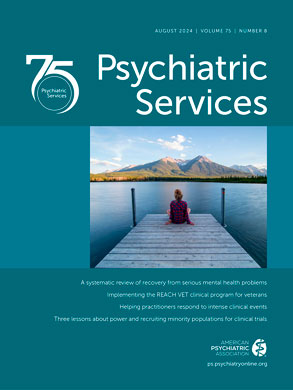Racial status is one of the first social categories young children learn, preceded only by sex differentiation. Although children seemingly possess an innate, biological drive to detect differences among groups, their racial identity is also influenced by an array of messages from their families, schools, and neighborhoods. Race is indisputably a dominant aspect of social interactions, but its degree of relevance at a particular moment in time can vary. In Handbook of Race, Racism, and the Developing Child, Stephen Quintana and Clark McKown describe the field as "an interesting nexus between developmental and psychological theories." They have assembled a multiauthored text to illuminate how children's development is intrinsically tied to and influenced by race.
The early chapters describe how a child's thinking about race changes with age, often in a Piagetian stepwise manner. A kindergarten-age child will understand race only as what is observable physically. He or she might believe that a Mexican classmate has one black parent and one white parent. As they mature, children see race in literal associations such as cultural traditions or historical information, the kind of information emphasized during school lessons. By early adolescence, children develop a group consciousness heralded by the use of plural pronouns such as "we" and "us" in describing their own racial group.
Several of the following chapters focus on the way context morphs identity. Children seek to be simultaneously connected to, yet different from, others around them. Although Korean-American youths stress their Asian identities when among non-Asians, they would stress their specific Korean identity within Asian circles. The recognition of racism also depends on the prototype of the situation. For instance, the ability of children, who become aware of discrimination during middle childhood, to recognize negative behavior, derives from the prototype of its being more unidirectional. That is, they are more apt to recognize a white person discriminating against a person from a minority group than vice versa. Although parents may espouse egalitarian ideals to their children, they may subtly convey messages of racial inequality. The process may be elusive—not one exemplified by extended conversations but by fleeting exchanges and innuendos.
Another chapter describes the unique challenges experienced by biracial children. Part-Asian children search for identity by mentally volleying between two disparate cultures, whereas part-Latino children have a less dichotomous course because the Hispanic population is, by definition, already a multiracial one. White-black children face the greatest challenges in bridging the social distance between these groups. The one-drop rule, a vestige of slavery, mandated that part-black children identify as and be treated as black, regardless of individual preferences.
The final section of the book describes the consequences of race and racism on children's development across domains, including mental health, academic achievement, occupational aspirations and peer relationships. Black youths who engage in school and show signs of academic success may be discounted by their peers for "acting white," which is one of the many social transactions that causes a disparity in achievement. Racism can become internalized, leading children from minority groups to adopt negative cultural stereotypes, and can result in conduct problems, substance abuse, and violence. Although children's cognitive processes become increasingly flexible as they grow, the flexibility appears not to apply to race; by approximately the sixth grade, the number of cross-race friendships declines.
The book provides an in-depth, comprehensive, scholarly account of the research and theories in the field. Although some strategies and programs are offered to reduce stereotypes and discriminatory behavior, the authors acknowledge that changing social norms is easier said than done. All of which makes the title of "handbook" a misnomer, because the term usually connotes practical summaries and concise solutions. The book will appeal to those who, like the contributors, have specialized interest in the field. For other clinicians who persevere, the book provides useful insights embedded within the larger theoretical context.

